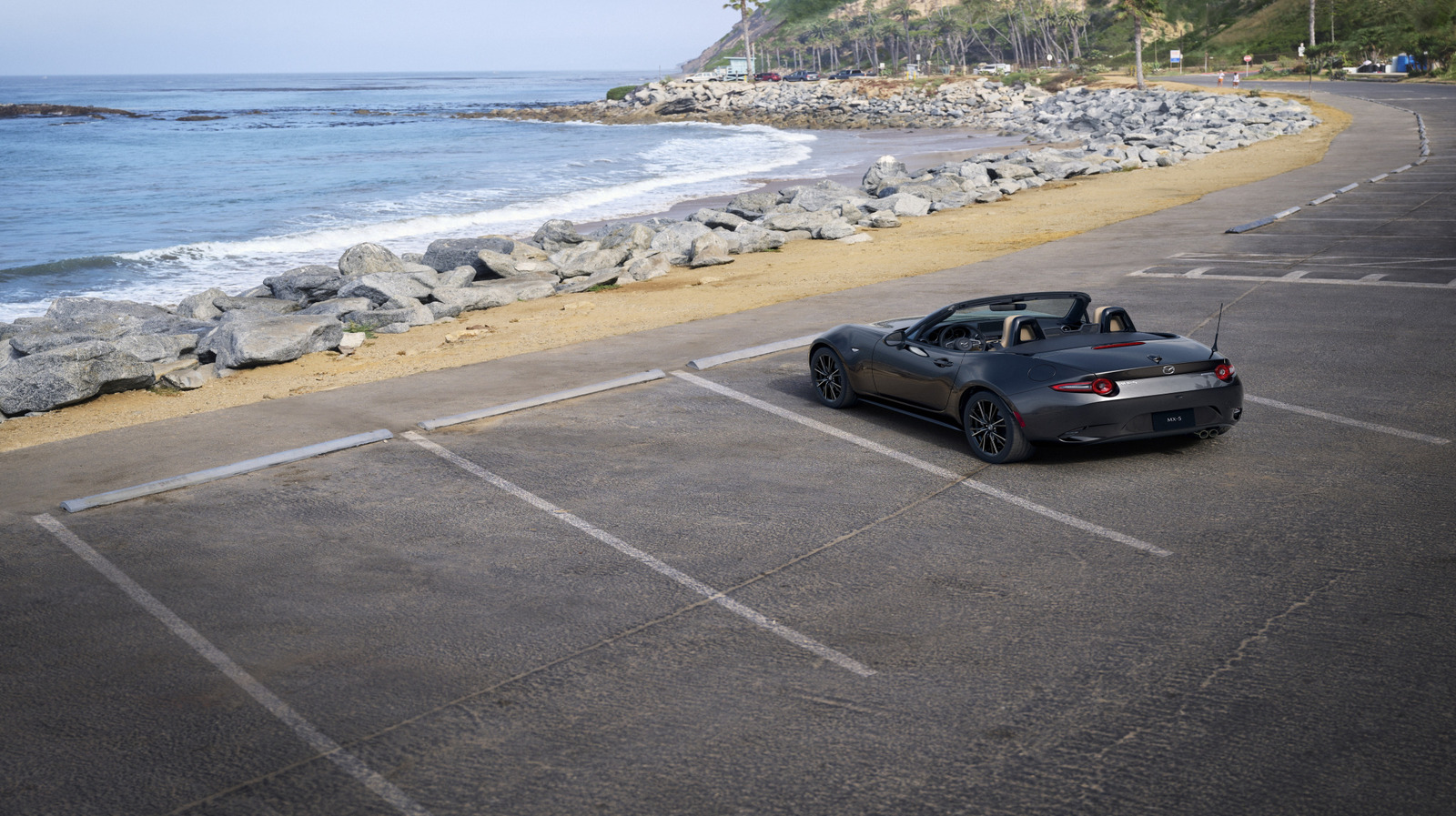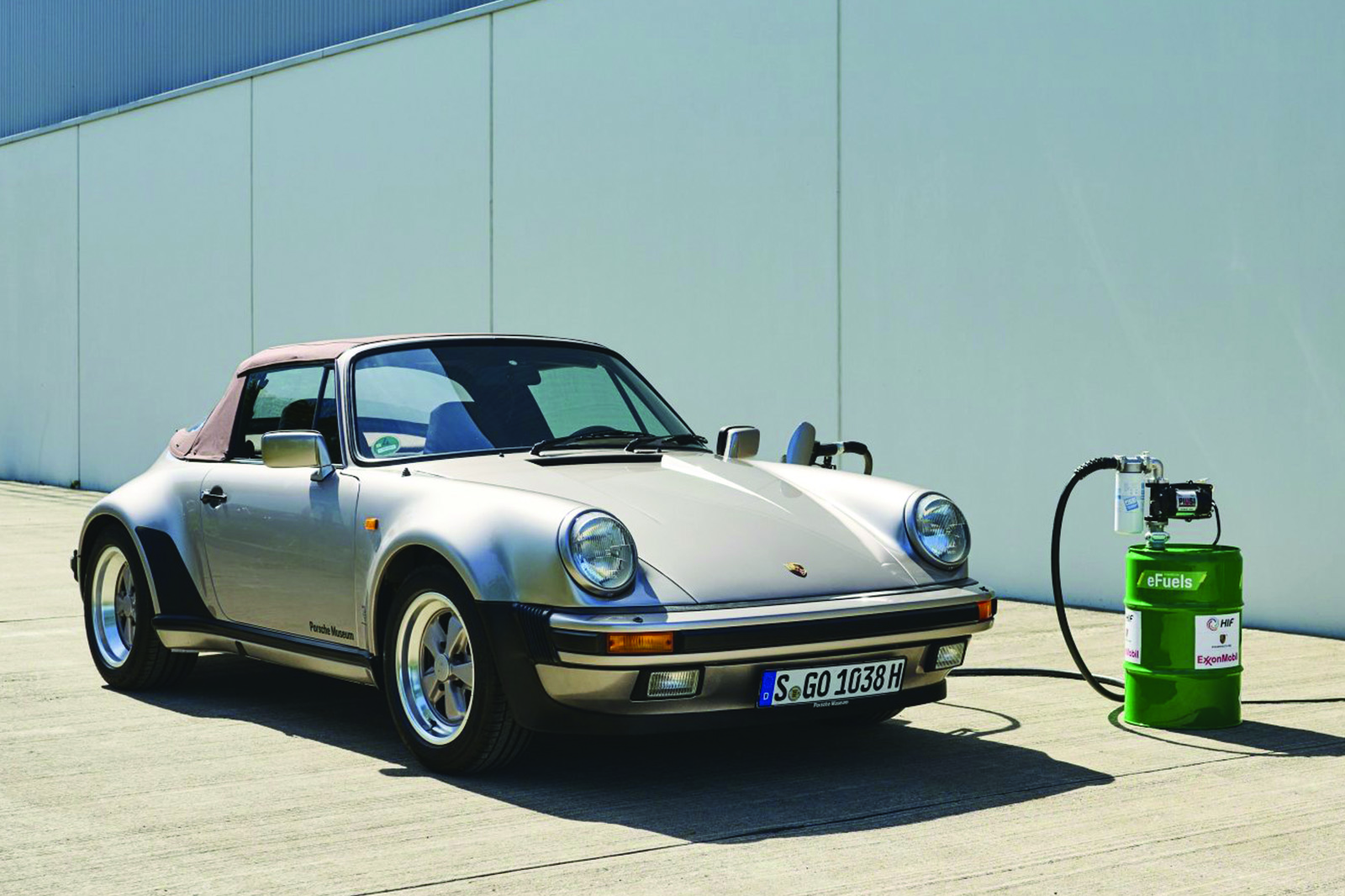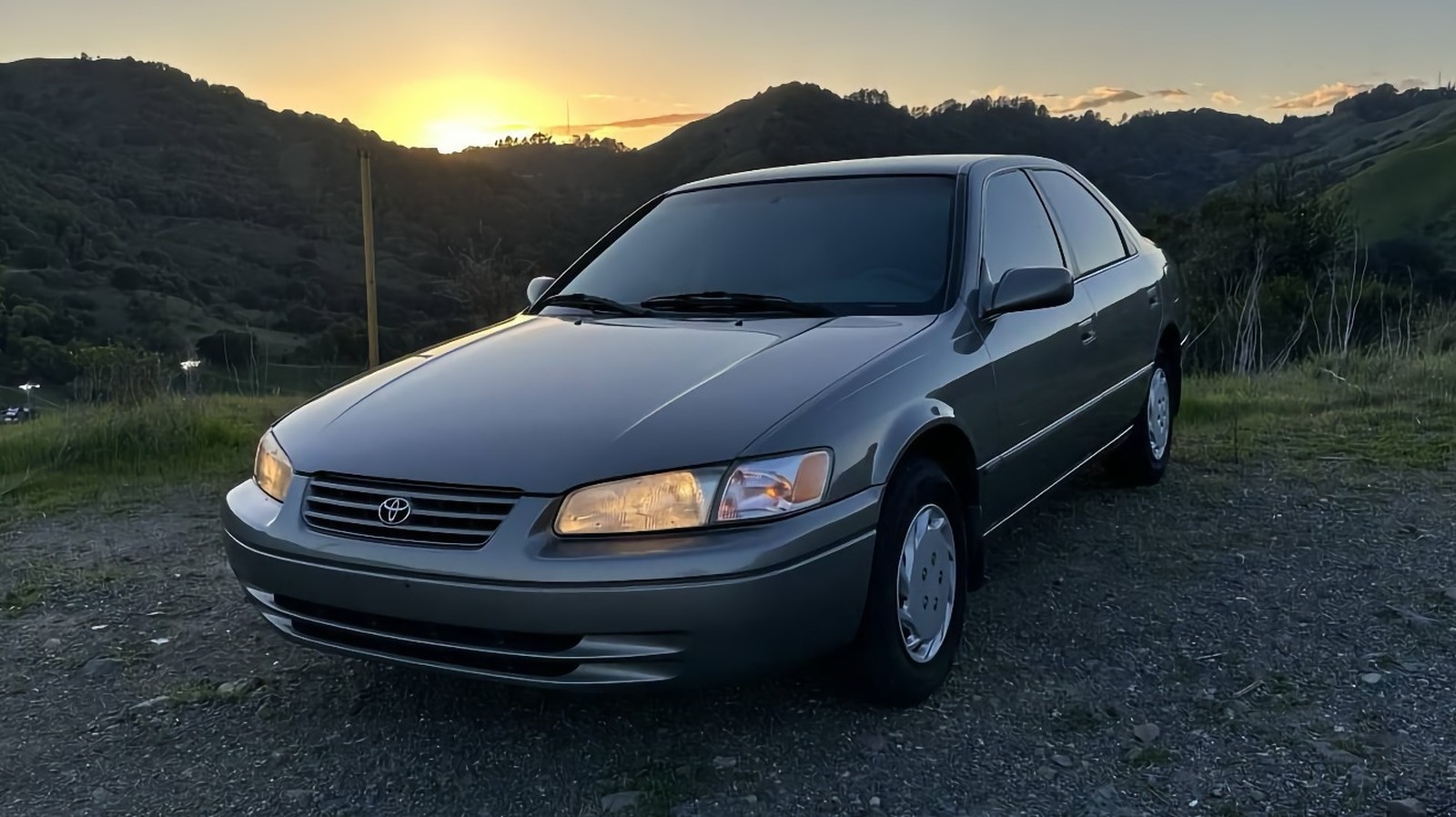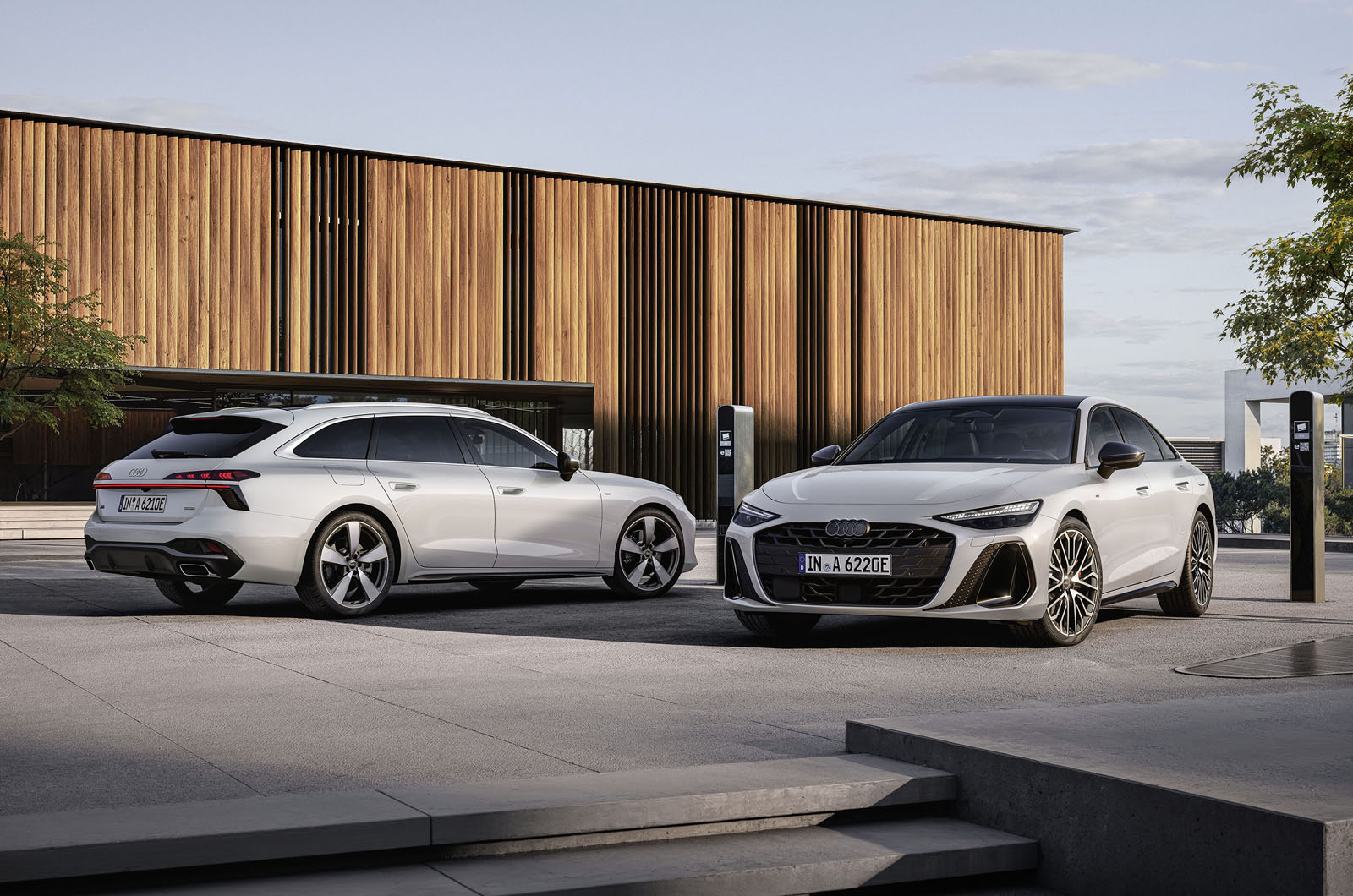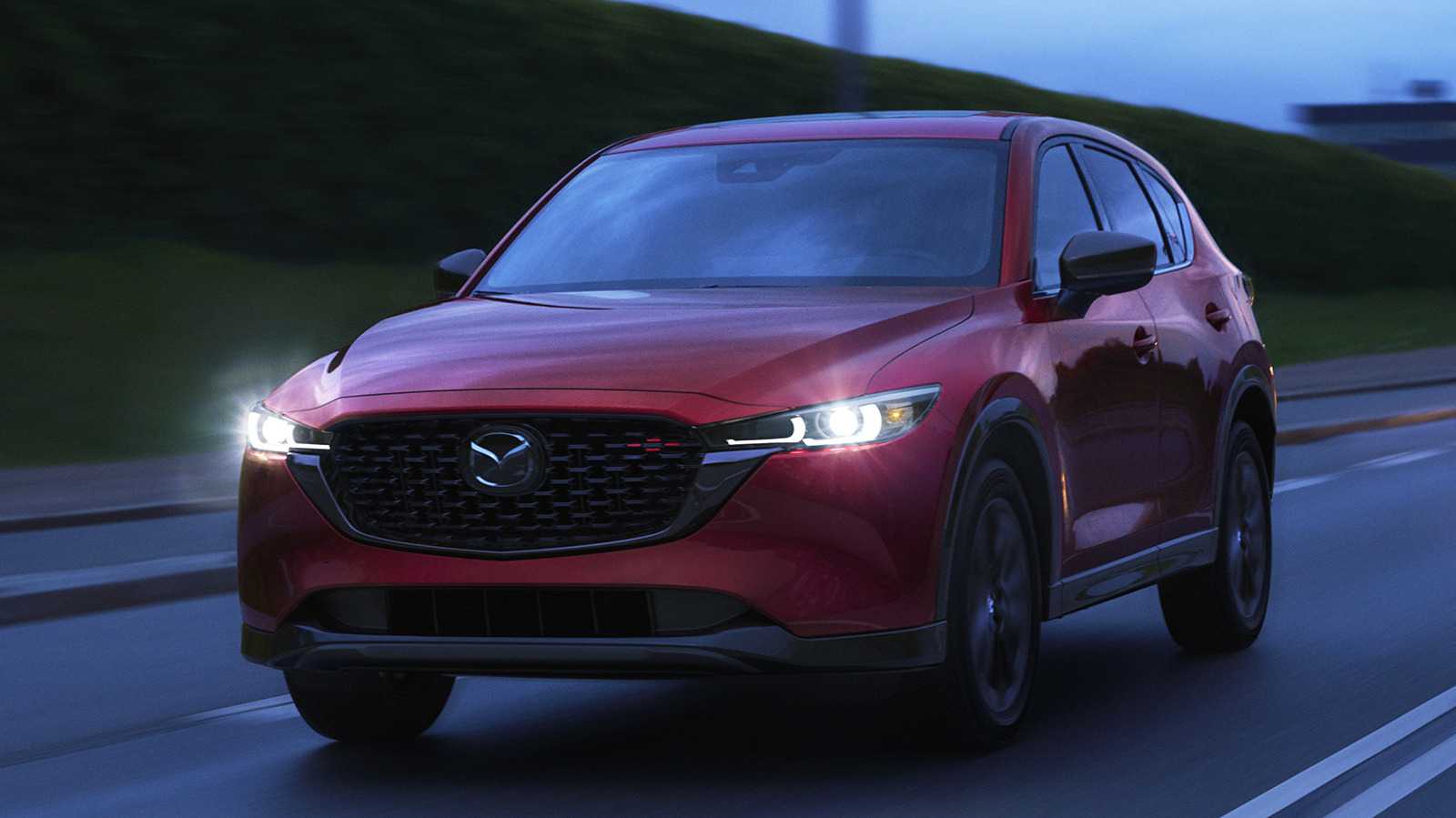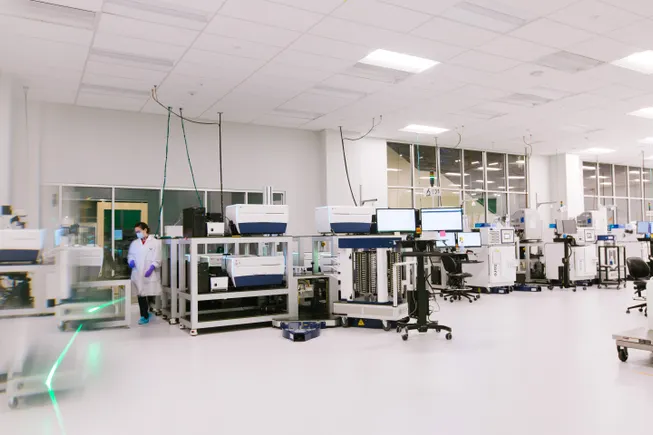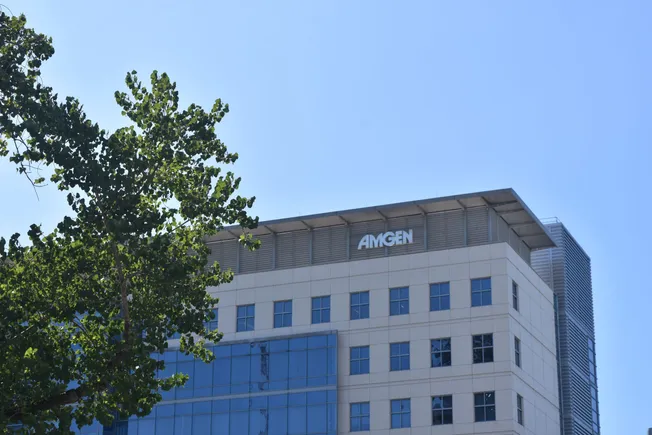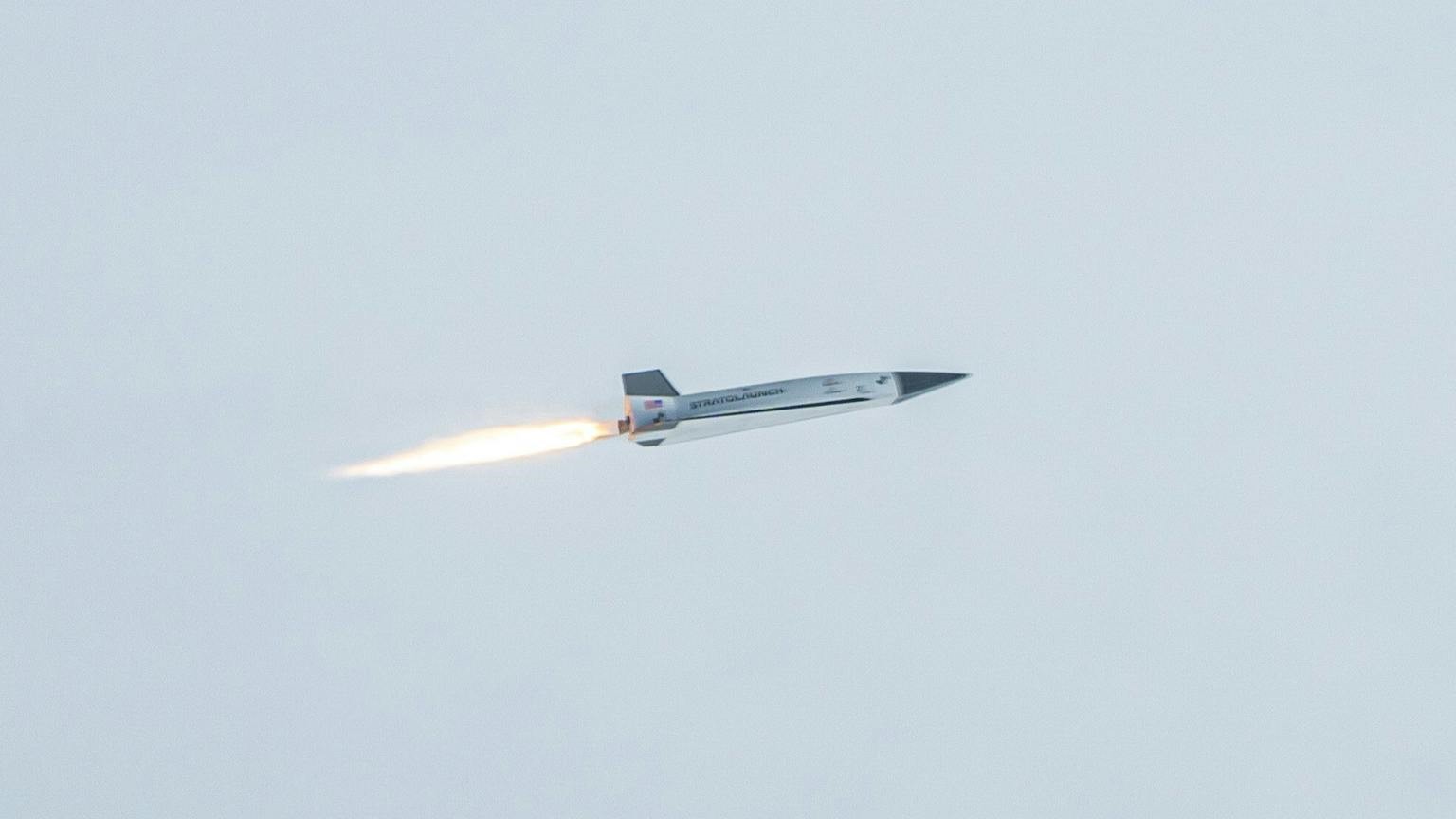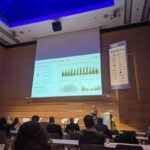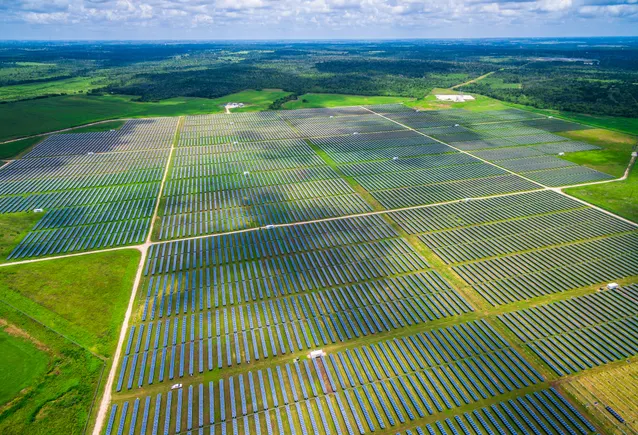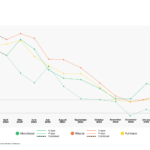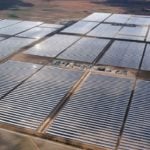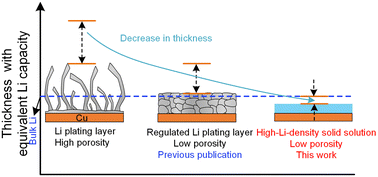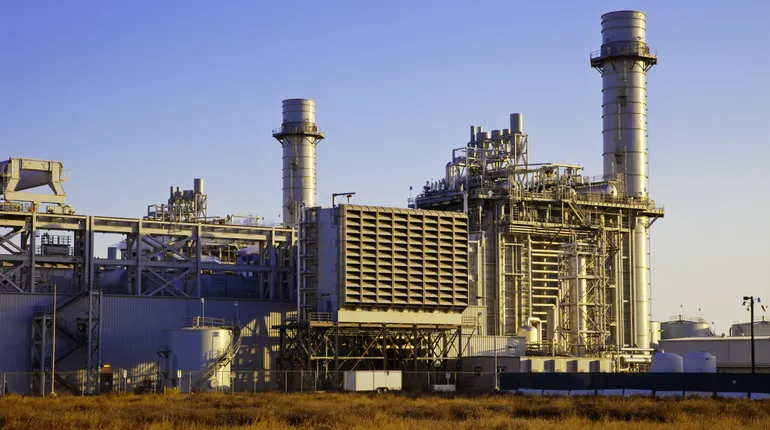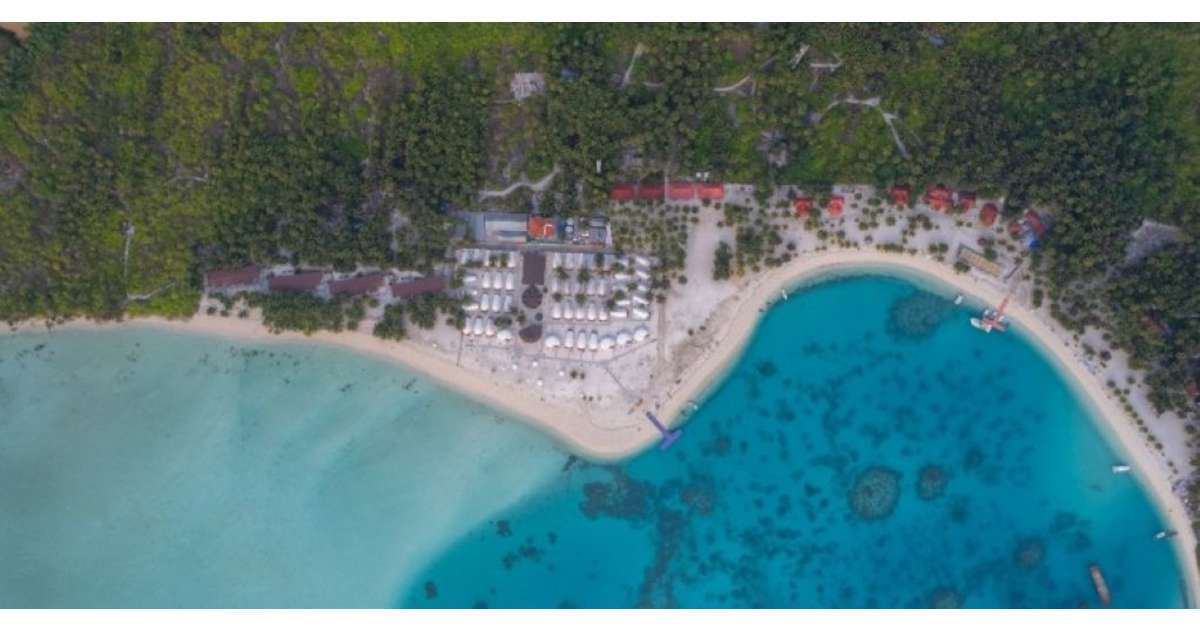Efficient and Moisture Resistant Wide‐Bandgap Perovskite Solar Cells with Phosphinate‐Based Iodine Defect Passivation
Advanced Energy Materials, EarlyView.

Sodium benzene phosphinate is introduced as an effective additive for perovskite precursors, enabling the fabrication of stable and high-performance wide-bandgap perovskite solar cells using blade coating in ambient air at ≈60% relative humidity (RH). As a result, the device fabricated in ambient air (60% RH) achieved a power conversion efficiency of up to 22.10%.
Abstract
Commercialization of perovskite-based tandem solar cells requires preparing wide-bandgap (WBG) perovskites in an ambient atmosphere environment. Here, producing high-performance and stable WBG perovskite solar cells (PSCs) is demonstrated with blade coating in ambient air (≈60% relative humidity, RH) using sodium benzene phosphinate (SBP) as an additive modulator in the perovskite precursor. SBP can effectively suppress I− oxidation in high humidity ambient air, inhibit ion migration, and thus inhibit phase separation; it also modulates the crystallization of perovskite grains, passivates surface defects, and improves the hydrophobicity of perovskite film. The devices incorporating SBP achieved a power conversion efficiency (PCE) of up to 22.1%, which is the state-of-the-art result for the WBG PSCs (≥1.68 eV) fabricated in ambient air with the blade coating method. In addition, the same protocol produces a PCE of 20.1% for a larger area cell (1.05 cm2), and a PCE of over 19.5% for unit cells on a 100cm2 substrate. The unencapsulated devices exhibit excellent stability, i.e., 90.3% efficiency retention after 2000 h with air exposure (≈60% RH) and 86.3% efficiency retention after 1000 h at 85 °C in an argon atmosphere. This SBP-based material modulation for the preparation of WBG PSCs provides a new opportunity for manufacturing perovskite photovoltaics.











